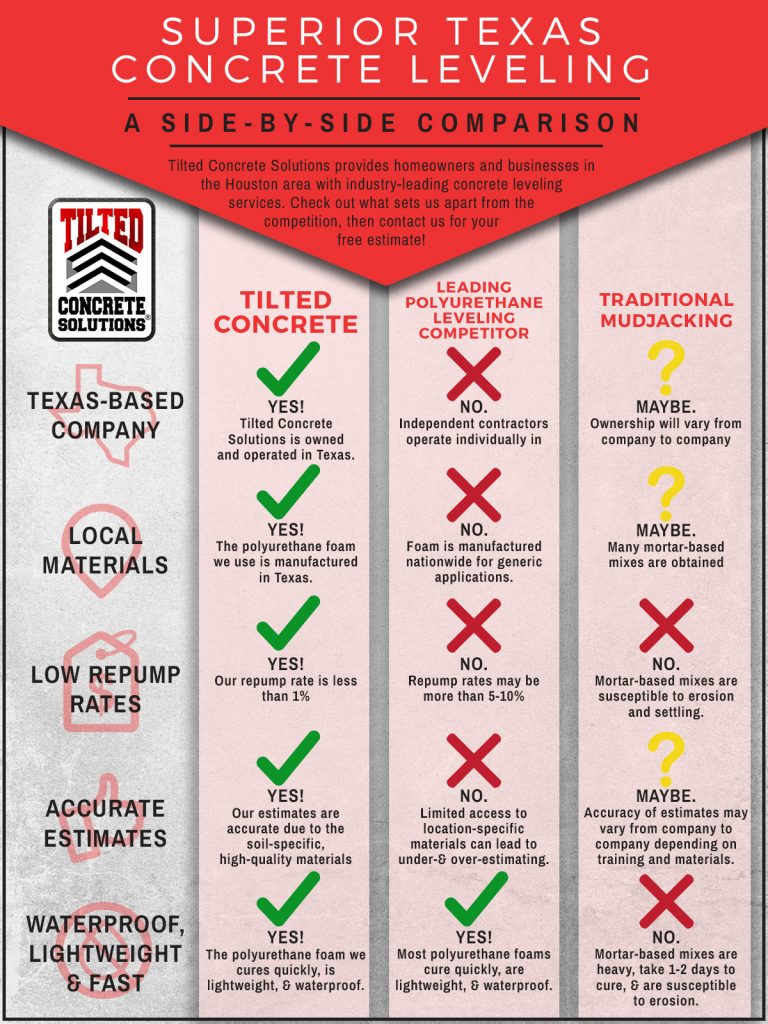Distinguishing Between Exterior And Interior Paint: Major Differences And Their Uses
Distinguishing Between Exterior And Interior Paint: Major Differences And Their Uses
Blog Article
Material By-Boisen Liu
When you're choosing between interior and exterior paint, it's vital to comprehend their fundamental differences that impact both efficiency and aesthetics. Interior paints are crafted for reduced VOC levels and smoother finishes, making them suitable for interior spaces, while exterior paints are made to withstand harsh climate condition and UV exposure. Each kind serves a distinctive objective, but understanding when to use one over the other can significantly affect your job's outcome. So, what aspects should you think about when making your selection?
Composition and Formulation
When picking in between interior and exterior paint, understanding their make-up and formulation is important. Interior paints typically consist of a reduced amount of volatile natural substances (VOCs), making them more secure for interior air quality. You'll observe they usually have a smoother surface, which enhances their capability to stand up to spots and permits less complicated cleaning. They're created to withstand the roughness of indoor environments, consisting of differing moisture degrees and temperature level fluctuations.
On the other hand, outside paints are developed to sustain harsher conditions. They generally have higher levels of pigments and ingredients to stand up to fading from UV rays, as well as to stop mold and mold growth. Their structure consists of more binders and materials, which supply much better bond to surface areas revealed to the aspects. This ensures the paint can stand up to rainfall, snow, and rising and fall temperatures without peeling off or splitting.
Efficiency and Sturdiness
Reviewing efficiency and toughness is crucial when picking between interior and exterior paint. Inside painter golden valley, mn is designed for surface areas that experience less wear and tear. It usually resists fading and scuffing, making it perfect for living spaces and rooms. Nonetheless, it may not hold up well in high-moisture areas like kitchens and bathrooms without proper formula.
On the other hand, exterior paint faces harsher conditions. It's crafted to withstand UV rays, rain, and temperature fluctuations. This sort of paint often includes additives that protect against mold and mildew and mildew growth, ensuring long life in numerous environments. When you make use of external paint, you can anticipate it to last numerous years longer than interior paint, provided it's applied correctly.
Another essential difference lies in the surface alternatives. Interior paints commonly have a variety of coatings for aesthetic allure, while exterior paints focus on toughness over sheen. If you're searching for something that can take care of the elements, exterior paint is your best option.
On https://www.architecturaldigest.com/story/painted-ceilings-tips-tricks , if you're concentrated on indoor appearances with less concern for extreme conditions, interior paint could be ideal. Inevitably, your selection ought to line up with the particular demands of the environment.
Aesthetic Factors to consider
A fresh coat of paint can transform a room, yet visual considerations play a vital duty in your option between interior and exterior choices. When you're picking paint, think of the state of mind you want to create. Interior paint permits you to explore a larger series of shades and coatings, allowing you to share your personal design and enhance your home's setting. Whether you opt for soft pastels or bold tones, the best indoor paint can make your rooms really feel relaxing, vibrant, or calm.
On the other hand, exterior paint requires to straighten with your home's style and the surrounding atmosphere. Here, you're not just making a design declaration; you're also thinking about visual appeal. Selecting shades that balance with your community can improve your home's value and visual appeal. Bear in mind that exterior paint is additionally subject to fading and weather adjustments, so choosing a timeless color can save you from frequent repainting.
Inevitably, consider exactly how each alternative fits your vision. By straightening your paint choice with your preferred visual, you can produce areas that reflect your individuality while preserving functionality.
Conclusion
When it concerns selecting paint, comprehending the crucial differences in between interior and exterior options is necessary. Inside paints focus on aesthetic appeals and reduced VOCs, making them ideal for improving your indoor spaces. In contrast, exterior paints are designed for resilience and weather condition resistance, safeguarding your home from the aspects. By considering your specific demands and the setting, you can with confidence pick the best paint to accomplish the look and longevity you prefer for your room.
